Western countries are just beginning to enjoy the taste and the nutritional value of sea vegetables that have been a key element in the Japanese diet for centuries. In specialty stores, throughout the year at various sea vegetables can be found, many of which in ordinary supermarkets.
Description and History of Seaweed
Seaweed is a beautiful jewel given to us by Neptune, providing the blue waters of life and providing us with food, improving our diet and culinary experience.
The consumption of sea vegetables enjoys a long history. Archaeological evidence suggests that Japanese cultures have eaten seaweed more than 10, 000 years ago. In fact, most countries located near water, including Scotland, Ireland, Norway, Iceland, New Zealand and the coastal part of South America have eaten seaweed since ancient times.
Today, Japan is the largest manufacturer exporting seaweed. It may be because most Seaweed is often called by its Japanese name.
It grows well in salty sea water and in freshwater lakes and seas. Usually grows on coral reefs or rocky formations that are too deep in the water, however, in which sunlight can penetrate, as they and other plants need light to survive. This is not really a vegetable or plant, but is classified as a group under the name "Seaweed, agae."
Composition of Seaweed
Seaweed contains up to 40% vegetable protein, which has very high biological value, which means that in it are gathered almost all amino acids. They contain a large amount of pro-vitamin A, essential for healthy skin. Moreover, they have adequate amounts of vitamins C, B, D, F and K. Seaweed is one of the few sources of vitamin B12, being only behind sprouts in content of vitamin E.
Seaweed contains very large amounts of calcium and iodine, as well as small amounts of phosphorus, potassium, zinc, iron and sodium. Like all plants that contain chlorophyll seaweed is very rich in magnesium.
It has an indigestible substance that is known as alginic acid.
Types Of Seaweed
There are thousands of species of marine vegetables, which are classified by color and are known as brown, red or green seaweed. Some of the most popular are:
• Nori - purplish dark-black to dark green in color, used mainly for sushi. It is also used for making rice balls, as a garnish in pasta, soups and salads;
• Kelp - light brown to dark green in color. This Seaweed is believed to be the predecessor of all the vegetables that we know today. Acts as a purifier not only of the ocean but also of human beings;
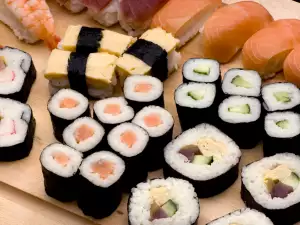
• Hijhiki - resembling small pieces of hard black paste. Contains very high amounts of calcium, lowers blood sugar. The taste is slightly sharp, but correcteded by adding onions and other root vegetables;
• Kombu - very dark in color and primarily used to flavor soups. Rich source of glutamic acid. Ideal supplement to diets for weight loss. If we add it to beans, accelerating its preparation and adding great flavor. Can be served with lots of vegetables and of course, rice;
• Wakame - like Kombu, used in Japanese soup. They are rich in calcium, vitamins B and C are a good addition to the many vegetables and rice;
• Arame - compared with others, this type is quite sweet and mild in flavor. Furthermore, it has a delicate structure. Combines well with vegetables, is a good addition to salads, rice, soups and any mixtures. Especially rich in calcium and iodine.
Selection and storage of Seaweed
- Buy seaweed in tightly closed containers without a trace of moisture.
- Keep at room temperatures, in which it can last for at least several months.
- You can make sushi rolls, by wrapping rice and your favorite seaweed in a Nori sheet.
Culinary uses of Seaweed
Eating seaweed is most advanced in the kitchens of Asian countries. It is used in soups and salads, as well as world-famous sushi. Can be served either alone or in combination with vegetables, fish or rice. Seaweed is strongly represented in vegetarian cuisine, to which it is added as a main ingredient.
Benefits of Seaweed
- Cares optimally for your health. Why would anyone want to eat sea vegetables? Because they offer the broadest range of minerals, contains all minerals that can be found in the ocean - the same that can be found in our blood. Sea vegetables are an excellent source of iodine and vitamin K, a very good source of B-vitamin, folate and magnesium. In addition, they also contain good amounts of lignans - plant compounds with cancer-protective properties.

- Provide healthy functioning of the thyroid hormones. Sea vegetables, especially marine brown Seaweed are the richest natural source of iodine, a component of the thyroid hormones thyroxine (T4) and triiodothyronine (T3) that is essential for human life. Because these thyroid hormones regulate metabolism in every cell of the body and actually participate in all physiological functions, deficiency of iodine can have a devastating impact on our health.
- Protect us from birth defects and heart disease. Folic acid concentrated in sea vegetables, and a few others play important protective roles. Studies have shown that our diet needs adequate levels of folic acid because it protects us from certain defects, including spina bifida (a disease of the spine).
Marine Seaweed give us double protection from heart disease. In addition to folic acid, it is also a good source of magnesium, which reduces high blood pressure and protects us from heart attack.
- It is anti-inflammatory. Some sea vegetables are proven to be a unique source of carbohydrates, which can reduce the risk of inflammation.
- Alleviate the symptoms of menopause. Sea vegetables give us a magnesium, which is capable of removing the symptoms of insomnia during menopause.
Dangers of Seaweed
With sea kelp however, we should be careful, since due to water pollution with heavy metals, they begin to act like a sponge, soaking up all the harmful elements, including arsenic. We recommend avoiding consumption of hijiki, unless organically grown as it has the highest levels of arsenic.
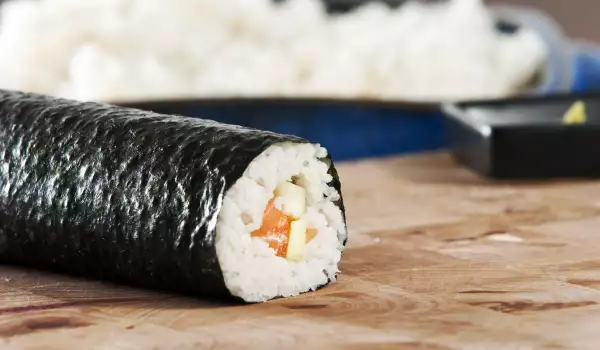



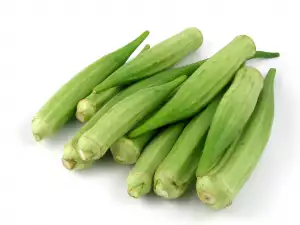


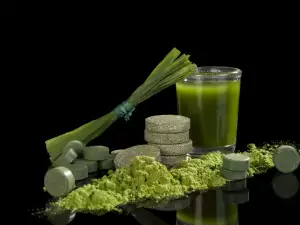
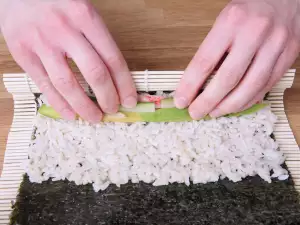
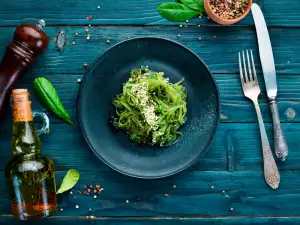
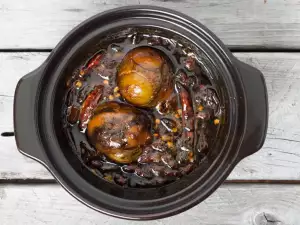
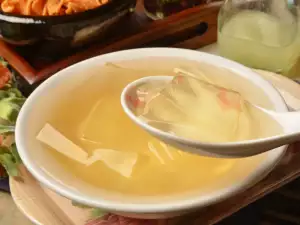
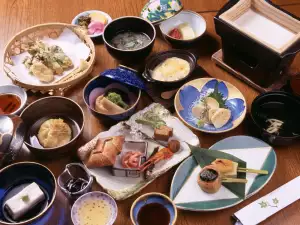

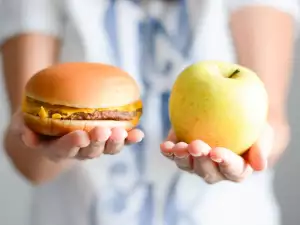



Comments